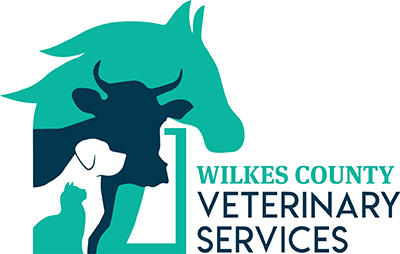Spay & Neuter Services
Spaying or neutering is highly recommended for a complete pet health program. Although crowded shelters and growing stray animal populations are still big issues, spaying or neutering can prevent unexpected litters to ease the strain on local shelters and benefit the long-term health of your pet—for reasons beyond population control.
Spaying or neutering your pet—also known as gonadectomy—is an important aspect of responsible pet ownership for several reasons. One of the most significant reasons to spay or neuter your pet is to help control pet overpopulation. Every year, millions of unwanted cats and dogs end up in animal shelters, many of which are euthanized due to a lack of available homes. By spaying or neutering your pet, you can prevent unplanned litters and contribute to reducing the number of homeless animals.

Contact Wilkes County Veterinary Services to Schedule an Appointment today!
Spaying eliminates the risk of uterine infections (pyometra) and reduces the risk of mammary tumors, especially if performed before the first heat cycle. It can also decrease behaviors associated with the heat cycle, such as yowling, pacing, and attracting unwanted attention from male animals.
In male pets, neutering reduces the risk of testicular cancer and decreases the likelihood of certain behavioral problems, such as roaming, marking territory, and aggression.
Allowing pets to reproduce indiscriminately can lead to the birth of unwanted litters, which can be challenging and costly to care for. Finding suitable homes for these puppies or kittens can be difficult, and many may end up in shelters or abandoned. Spaying or neutering your pet prevents unintentional breeding and helps ensure that all offspring are born into loving, responsible homes.
Spaying or neutering your pet is an essential step in promoting their health, preventing pet overpopulation, and contributing to the well-being of animals in your community. It's a responsible decision that can have long-lasting benefits for your pet and the broader pet population.
